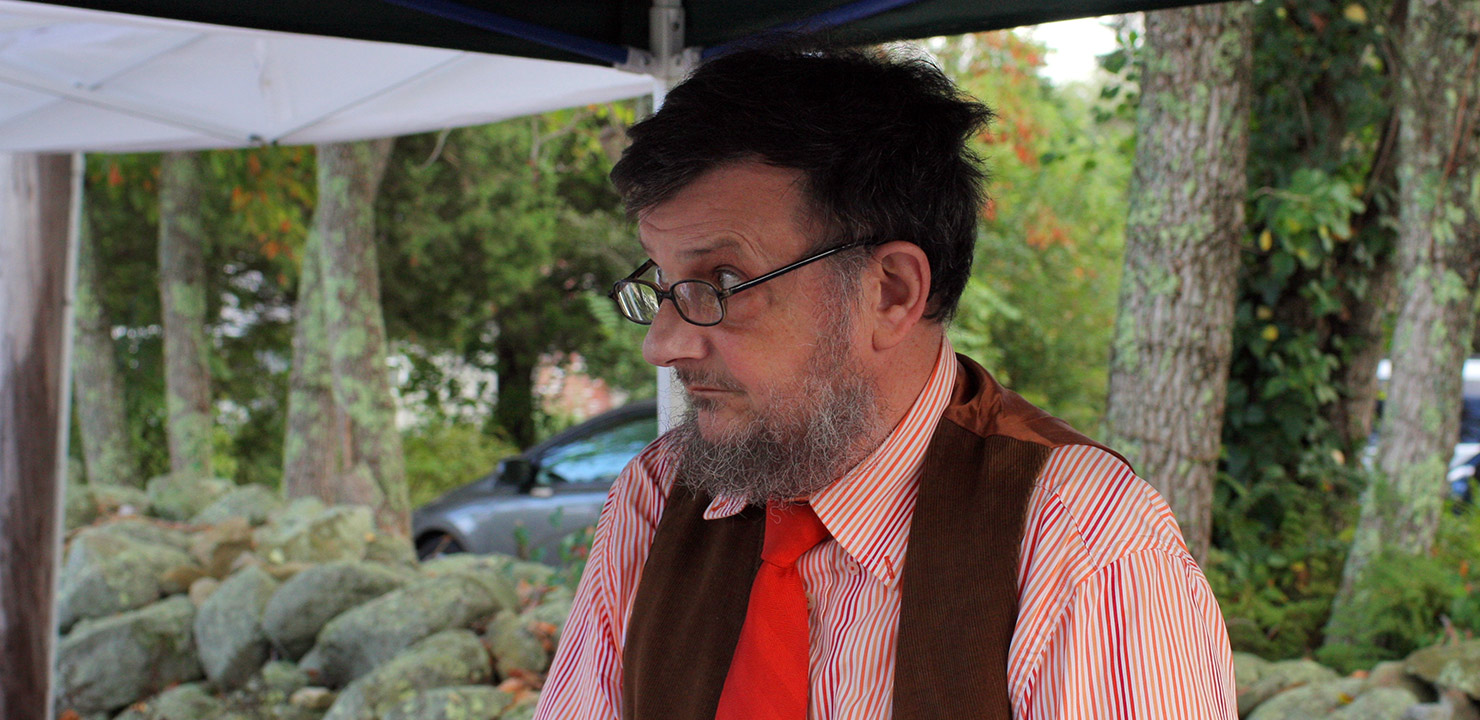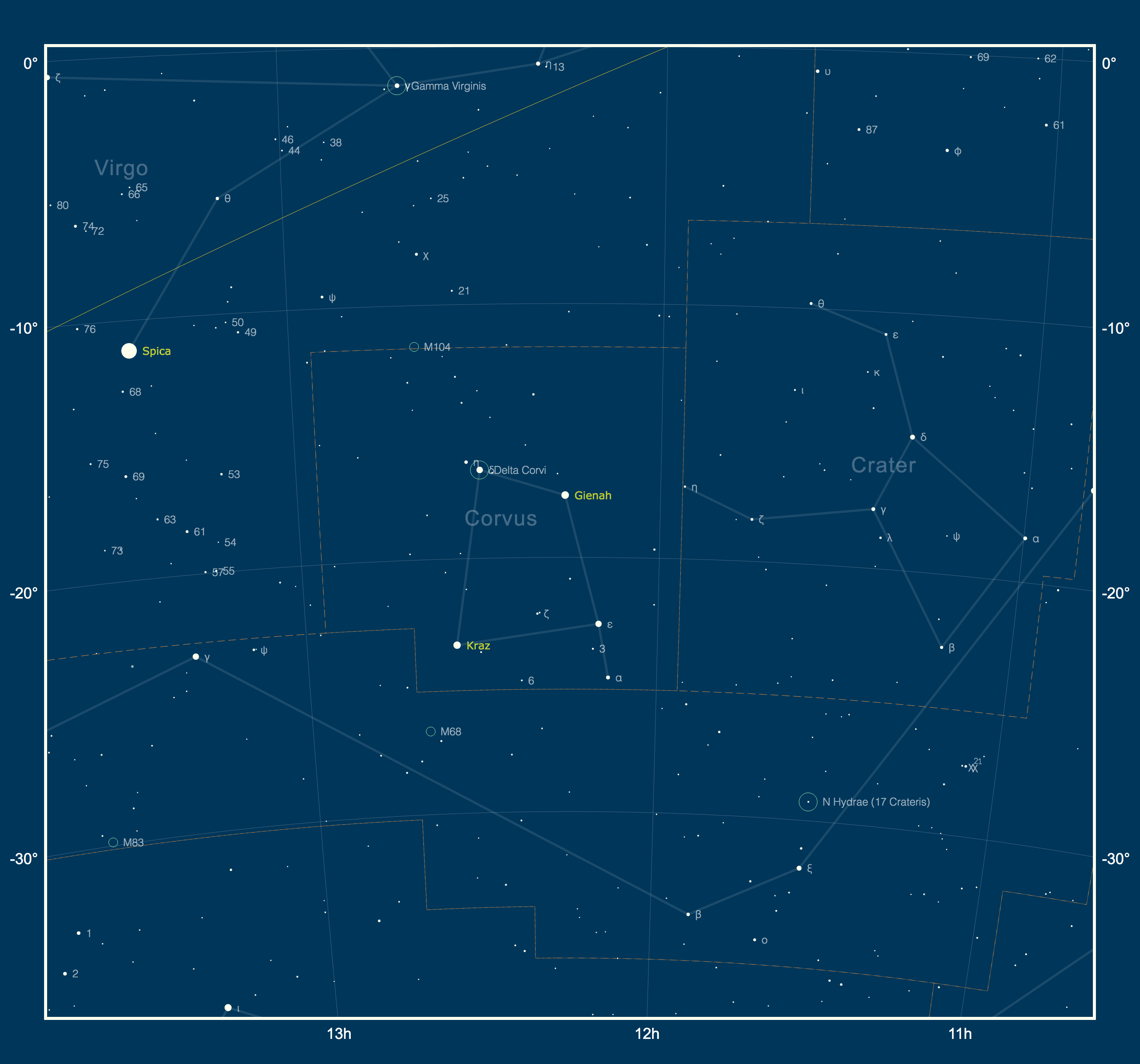
My "Souvenir" of Ed Turco
May 2021 :
When I first heard the sad news of Ed’s passing, I thought of a large object, unused now for a quarter-century, that is stored in an unheated small room that was added to a rear corner of my house back around 1982. This storeroom is only accessed by its double door which opens directly to the outdoors. The object is a 6-inch Newtonian reflector, F-10, on an alt-az pipe mount attached to a very heavy metal pier supported by three wheeled struts on its base. The whole arrangement is big, heavy and a bit difficult to move. Ed Turco made this scope perhaps a few years before I bought it from him around 1994 or so. Back then, a 60mm refractor was the largest optical instrument I owned and graduating to a 6-inch aperture was an exciting step up for me.
Ed had used a tough cardboard sonotube for the OTA and he’d mounted an optical window to support the diagonal mirror at the front. The outside of the tube is decorated with stenciled little images of stars and planets, probably sprayed on over a white painted background. He told me that he’d chosen a fairly long focal length for the primary mirror – also made by him – so as to make it mainly for lunar and planetary observing. The optical window was intended to eliminate diffraction spikes around images that a vaned spider diagonal mirror mount would’ve yielded. The heavy scope is offset at one side of the azimuth pipe swivel and is counterbalanced by a concrete filled coffee can attached to the end of the azimuth bar on the opposite side. The primary mirror, after so many years now, badly needs recoating. I regret to say that I only used the scope for about two to three years after buying it from Ed, due to it being unwieldy and not really suited for transporting in the car I had back then.
I first heard of Ed Turco in 1992 while attending public nights at Ladd Observatory. The Skyscraper members and observatory people I met spoke of him respectfully, informing me he was well-known as a prolific and highly skilled telescope maker. Upon meeting him and gradually becoming acquainted, I formed a high opinion of Ed’s knowledge, kindness and soft-spoken courtliness. He was a true gentleman in every sense of the word, and is deserved of the little-heard descriptive “an eighteenth century man” - one seemingly guided in his words and deeds by a certain code of honorable conduct personified by gentlemen in the 1700s, some of whom were instrumental in the founding of this nation. Even in the midst of his own pain and limited mobility several years ago, Ed was kind enough to inquire sympathetically about a painful arthritic hip condition that affected me then, but was corrected by two surgeries in 2019.
Perhaps I will become motivated to refurbish my 6” scope in honor of Ed, and use it once again as I did all those years ago. Although we were not in frequent or regular contact through the years, I like to think Ed might’ve regarded me as a friendly acquaintance in astronomy. In a country that has become increasingly unrecognizable to me, one of the few things in which I still believe is that there do exist some good and decent people, like the members of this club and Ed Turco. Rest in Peace, Ed.
Observe a Fine Double Star in Hydra
I’d like to close by recommending a fine and fairly easy double star in southeastern Hydra, N Hydrae, sometimes listed as 17 Crateris. John Flamsteed must’ve thought this star to be part of the constellation Crater when he assigned the latter designation. Sir William Herschel supposedly was the discoverer of the star’s binary nature, back in 1783. I have been aware of it for at least twenty-plus years but only put a scope on it and resolved the components recently, on March 20 at about 12:20 a.m. when the star came close to culminating. I used a 16 to 48 x 65mm variable power spotting scope with the eyepiece at its maximum power to split the two stars rather easily. (I wrote an article describing this scope for this newsletter several years ago.) The components are magnitudes 5.64 and 5.76 – both of spectral class F8 V – and make this a combined magnitude 4.93 star. N Hydrae lies approximately 2.7 degrees due north of Xi Hydrae, which is about mag 3.4 and is lowest of a row of three stars, with N at the top. Separation of N is 9.6 arc seconds and its position is RA 11 32’ 16”, Dec. - 29 15’ 43”. A good time to catch it will be close to New Moon on May 11 at around 9:30 p.m. local time, when the star will be near its transit of the meridian. P.S.: I’ve seen asteroid Vesta many times since March 2 in a 15 x 70mm binocular and a couple of times using the spotting scope mentioned above. (This was written on April 19.)




